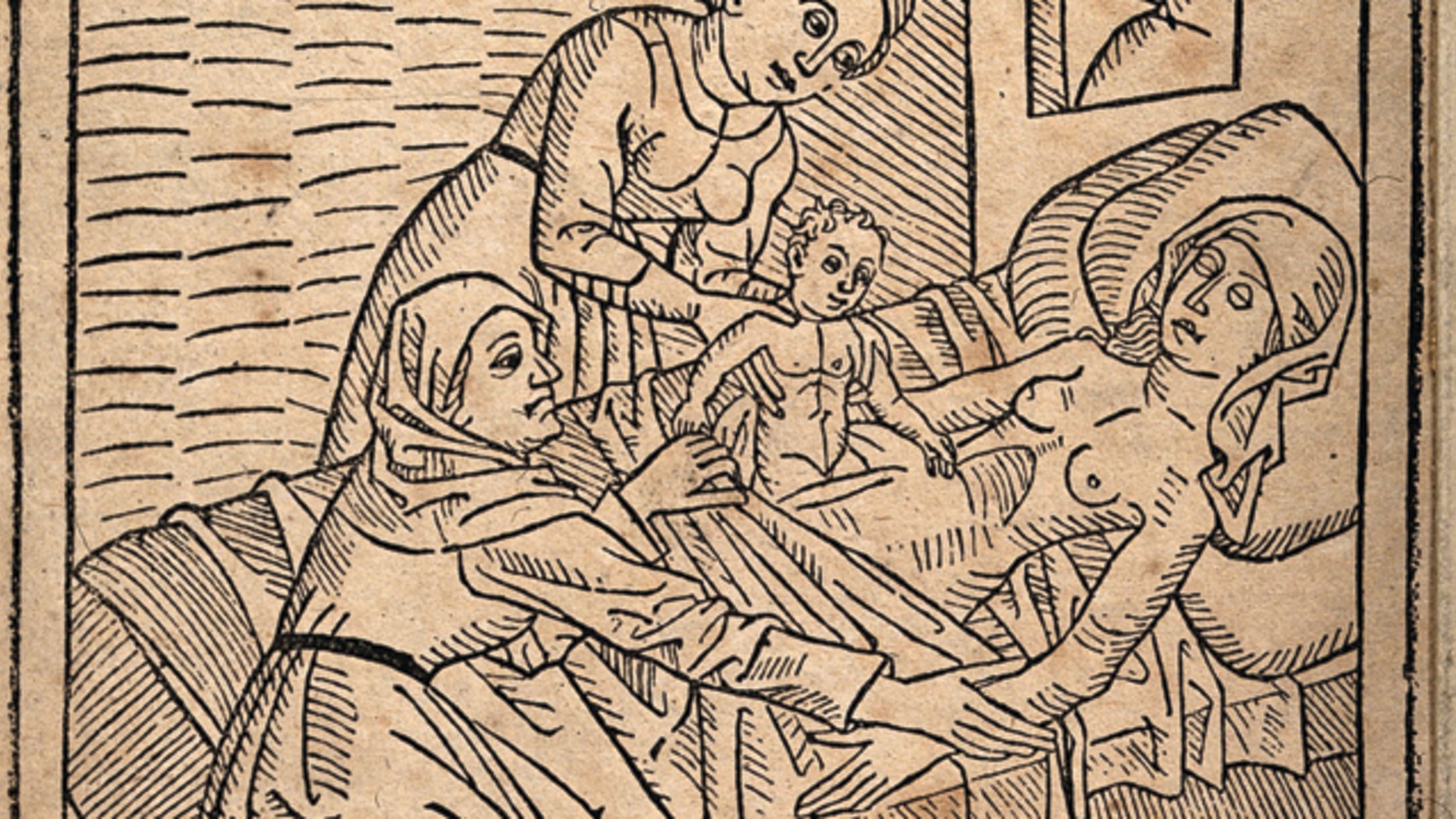A cesarean section, also known as a C-section, is a surgical procedure performed to deliver a baby. It involves making an incision in the mother's abdomen and uterus and is typically done when vaginal delivery is not possible or safe for the mother or baby.
The First Recorded C Section

The first recorded C-section was performed in the year 715 BC on an Egyptian mummy. It is believed that the mother died during childbirth, and the C-section was performed to save the baby. However, the procedure was not successful, and the baby also died.
The First Successful C Section
The first successful C-section was performed in the year 1794 by a Scottish surgeon named James Miranda Stuart Barry. The mother was a 23-year-old woman who had been in labor for several days and was not progressing. Barry performed the C-section and saved both the mother and baby's lives.
C Section Becomes More Common
During the 20th century, the use of C-sections became more common, particularly in developed countries. This was due to advancements in anesthesia and surgical techniques, as well as changes in medical practice and cultural attitudes towards childbirth.
C Section Rates Today

Today, C-sections are one of the most common surgical procedures performed worldwide. In the United States, for example, the C-section rate was 32% in 2019. This is higher than the World Health Organization's recommended rate of 10-15%.
Reasons for C Sections Today

C-sections are performed for a variety of reasons, including fetal distress, breech presentation, multiple births, maternal health conditions, and previous C-sections. In some cases, C-sections may be scheduled in advance for medical or personal reasons.
Risks and Benefits of C Sections

Like any surgical procedure, C-sections carry risks, such as infection, bleeding, and damage to surrounding organs. However, they can also be life-saving for both the mother and baby in certain situations. It is important for expectant mothers to discuss the risks and benefits of C-sections with their healthcare provider.
Types of C Sections

There are two main types of C-sections: planned and unplanned. Planned C-sections are scheduled in advance for medical or personal reasons. Unplanned C-sections, also known as emergency C-sections, are performed when unexpected complications arise during labor and delivery.
Recovery from C Sections

Recovery from a C-section typically takes longer than recovery from a vaginal delivery. Women may experience pain, discomfort, and fatigue in the days and weeks following the procedure. It is important for women to rest and follow their healthcare provider's instructions for postpartum care.
Future of C Sections

Advancements in medical technology and techniques may continue to improve the safety and outcomes of C-sections in the future. However, it is also important to address the high rates of C-sections and work towards reducing unnecessary procedures.